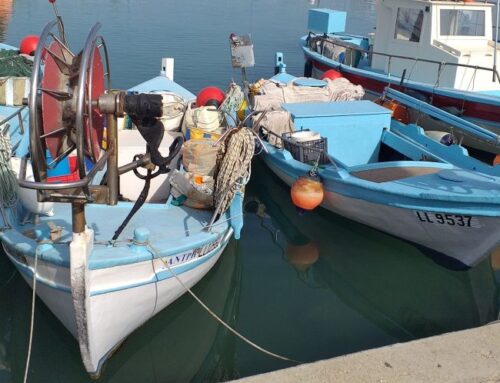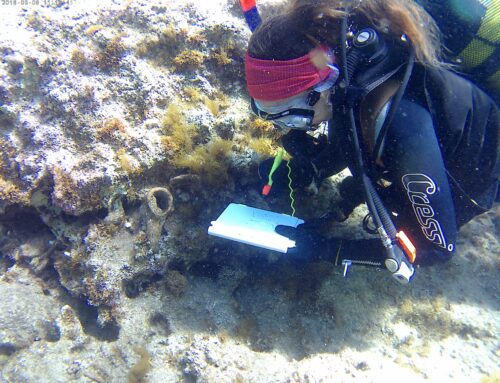The Kyrenia ship publication: the hull, rigging and equipment – ongoing
Wendy van Duivenvoorde
This year marks the 50th anniversary of the 1968–1969 excavation of the early 3rd-century B.C. shipwreck at Kyrenia, Cyprus. Archaeologists excavated the site in its entirety, and the wreckage included the remains of a well-preserved Mediterranean merchant ship and its cargo (Fig. 1). The ship itself sank in the first decade of the 3rd century B.C (c. 295–285 B.C.), but was built sometime towards the end of the 4th century, between 315 and 305 B.C. The remains of the ship itself include c. 75% of the structural members of its hull (Fig. 2), along with elements of its rigging and sail, ballast, and fragments of a one-armed wooden anchor with a lead-filled stock.
This project is to complete a final publication of the Kyrenia ship’s hull, rigging, ballast and equipment into a full, international peer-reviewed hardback volume. This publication will significantly contribute to the discipline of nautical and underwater archaeology. The volume will make a seminal contribution to the development of the academic discipline and is the result of 50 years of study by an international team of scholars. It will focus thematically on the ancient ship itself but will also—and importantly—aim to provide a significant framework and meaningful contribution to the study of ancient shipwrecks.






